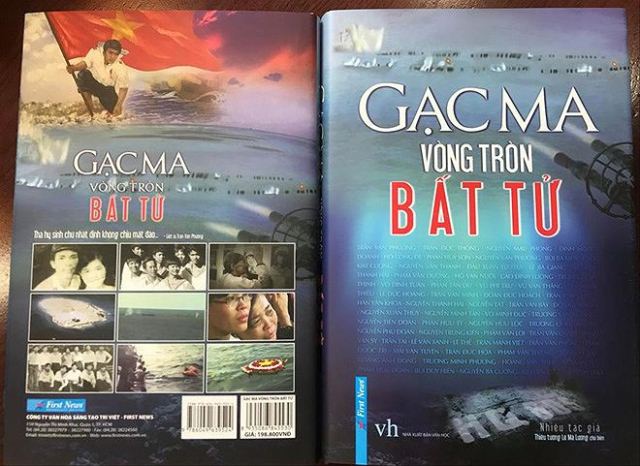


|
|
|
|
The publishing of the book is aimed
at paying tribute to the heroes and martyrs who sacrificed their lives to
defend the country’s sovereignty over the Truong Sa (Spratly) archipelago.
The book was initiated in 2014 with
the purpose of expressing gratitude towards and telling the story of 64
Vietnamese Navy officers and soldiers who bravely sacrificed their lives to
protect the Gac Ma Reef (Johnson South Reef), belonging to Vietnam’s Spratly
archipelago, on March 14, 1988.
The cover of the "Gac Ma - The Immortal Circle"
book.
Over the past four years, 68
participants including generals, historians, journalists and Gac Ma veterans
conducted live interviews with Gac Ma soldiers in order to compile the book.
Hero of the People's Armed Forces, Major General Le Ma Luong, is the chief
editor of the multiple article collection.
The 328-page book has been
published with 10,000 copies at its first issue, priced at VND198,800 each at
bookstores throughout the country.
|
Source: NDO